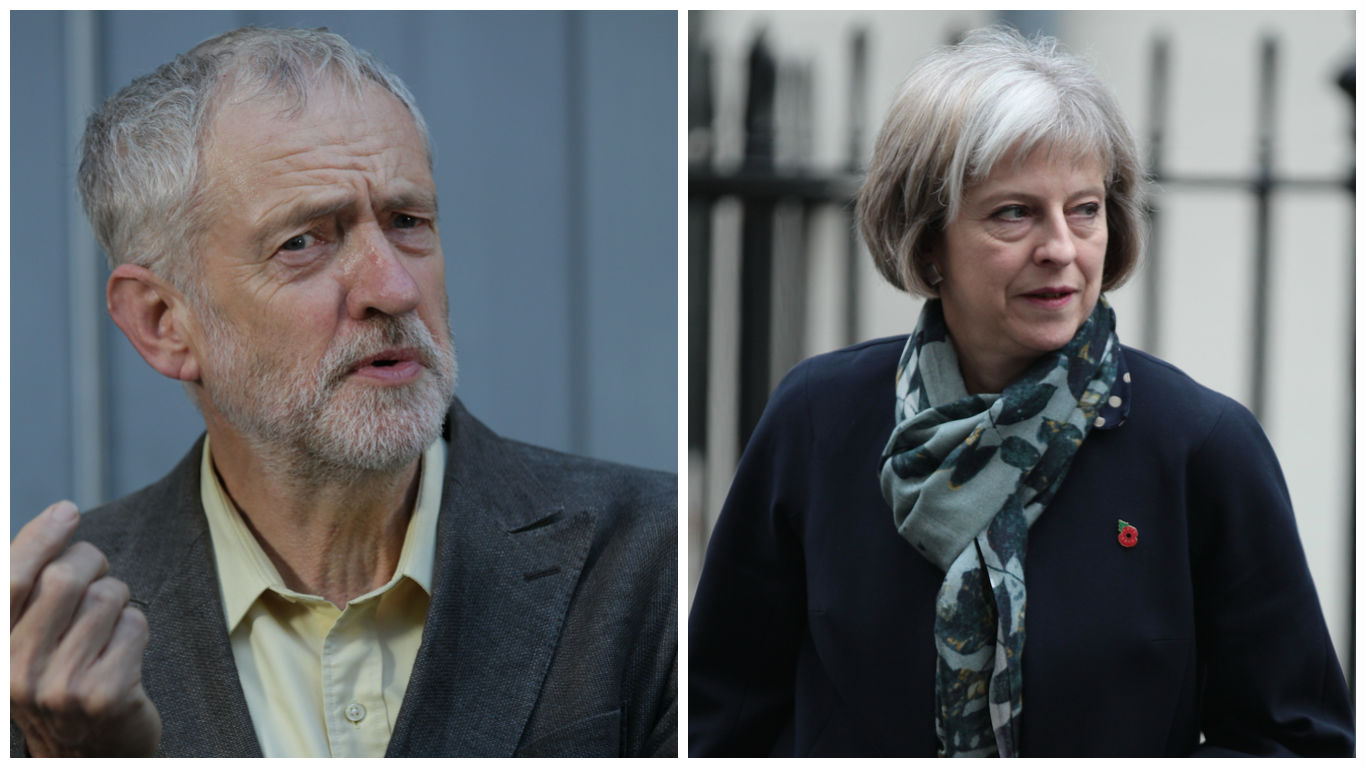Political parties’ manifestos
May 23, 2017 | Expert Insights

As the June general election is promptly approaching, UK’s leading political parties have been scrambling to put up their manifestos.
Conservative v/s Labour manifesto
Theresa May hopes to win a large majority to deliver a clear Brexit. The Conservative manifesto seeks a new “deep and special partnership with EU”, leave single market and custom unions, regain control of borders and reduce net migration. The party intends to introduce energy tariff cap to extend price protection for vulnerable customers, increase NHS spending by £50 billion over five years, build and upgrade primary care facilities and mental health clinics. It also proposes to increase overall school budget by 4 billion pounds by 2022 and build at least 100 new free schools in a year. Besides that, the manifesto commits to meet 2015 commitment to deliver 1million houses by 2020 and 500,000 more by 2022, meet carbon reduction objective and take action against poor air quality, NATO target of at least 2% of the GDP on defence and invest £178bn in new military equipment for the armed forces over the next decade.
On the other hand Jeremy Corbyn and the Labour Party in their manifesto proposes to increase tax on the wealthiest section that would pay for the scrapping of tuition fees, increased free childcare, the maintenance of the costly triple-lock on pensions and ten thousand new police officers. It commits to eliminate government’s deficit on day-to-day spending within next five years, balance government spending with increased taxes and bring private rail companies under public ownership. The manifesto aims to take off one billion people the NHS waiting list by guaranteeing access to treatment within 18 weeks, abolish university tuition fees, reintroduce maintenance grants, and restore the education maintenance allowance for 16-18 year olds from lower and middle income backgrounds. It promises to replace Conservatives’ Brexit white paper with fresh negotiating priorities with a strong weightage on holding the single market and customs union.
UK Economy post Brexit
Bank of England’s financial policy committee has highlighted few of the biggest challenges to the UK economy in the wake of Brexit vote. Household indebtedness is high in the economy compared to historical and international standard due to lower interest rate that make borrowing cheap. EU referendum could increase the unemployment. UK current account deficit is at record high, stood at 6.9 pc of the Gross Domestic Product. Decline in capital flows as UK is now seen as a more risky place to invest. Diane Coyle, professor of economics at Manchester University, predicts worse trading relationships with the EU will hurt goods exporters, and the education, finance and professional services sectors. Income could be affected given the restricted access to single market, alongside few other sectors would be affected due to strict immigration policy. Considering the economic condition in the economy, labour manifesto as it promises to increase taxes could reduce the incentives and drive business out of the country.
Analysis
From 1946 onwards, labour was in office for 28 years and conservatives 42. Over the first eleven years of labour government, public finance followed a similar pattern as the conservative government from 1979 to 1989. By 2007, Labour had reduced public sector borrowing to below the level it inherited from the Conservatives. And more of that borrowing was being used to finance investment rather than the day-to-day running costs of the public sector. Under the conservative government, higher public sector borrowing was recorded. In the past, labour policies have been better at increasing economic productivity whereas under conservatives productivity has gone negative even when the economy was growing. Labour has a better record in terms of average wage growth and tackling poverty and inequality than conservative government. The 1990 recession was more homegrown. It was partly a result of excessive inflation caused by bad fiscal and monetary policy under Conservative.
Assessment
The manifestoes of the opposing parties differ greatly based on their economic, education, health and defence agendas.
The main point of focus this time would be the approach that the two parties would have with respect to the impact of Brexit. Both parties seem to have vastly understated the impact Brexit will have and how their governments will deal with it. The new spending promises under labour manifesto amounted to £50 billion a year but Brexit would bring additional costs for immigration processes etc. which are not taken into consideration.
Conservative manifesto is more nuanced as it considers partnership with EU which will allow trade between EU and UK.








Comments